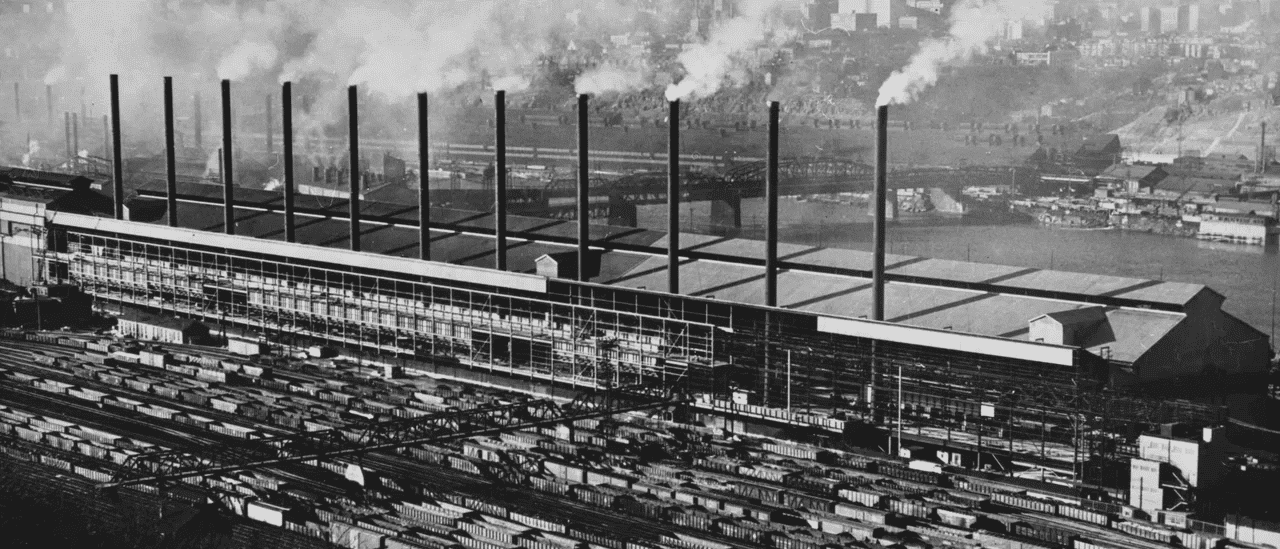
A 2 axis cnc machine, or 2-axis CNC mill, is a computer numerical control (CNC) machine that can cut and drill features on two sides of a workpiece at once. It uses a combination of linear and rotary axes.
This machine works well for tasks like milling, drilling, and tapped hole creation. However, it has limited capabilities.
The X-Axis
The x-axis refers to movement of the cutting tool in a horizontal direction, which can be in either an up or down motion. This is what allows the milling head to cut along the length of a workpiece. Many CNC lathe machines, including those from top brands such as Haas with their ST-series turning centers and Knuth with their Forceturn series fall under this category of 2-axis CNC machine. Some small vertical CNC milling machines and grinding units are also considered 2-axis as well.
Two-axis machining is a type of computerized numerical control (CNC) machining used to produce mechanical components that require precise accuracy. It is often more efficient and cost-effective than manual machining, and can reduce production time significantly.
The definition of axis is not arbitrary; the NMTBA and other groups agreed on a system that everyone understands. The axis is actually a pair of real number lines, one going left-right and the other up-down. The point at which both lines meet is called the Origin, and the numbers on each line are labeled according to their position relative to this origin.
With this information, you can better understand the movement of a 2-axis CNC machine. While it can create a variety of shapes and products, it may not be suitable for all applications, especially those that require 3- or 5-axis CNC machines. When selecting the right number of axes for your machine shop, consider function, part complexity, and cost.
The Y-Axis
A CNC machine has an X-axis that represents the direction in which it moves across the workpiece. The Y-axis is the opposite of this, relating to motion away from the workpiece. This axis is important for making precise cuts and ensuring the machine stays accurate throughout its process.
A 2-axis CNC machine can perform a range of different tasks, including cutting and engraving materials. It can also be used for complex and precise machining jobs, such as the production of gears, bearings, and engines. However, a 2-axis machine does have limitations and is not ideal for some types of manufacturing.
3-axis machines allow for movement in three axes (X, Y, and Z) and can create a range of parts and products. This type of machining is often used in the automotive, medical, and aerospace industries to produce durable and precise components.
4-axis CNC machines, also known as machining centers, offer rotation around one of the linear axes in addition to moving the tool and workpiece. This enables them to create parts with complex shapes and contours that are difficult to manufacture using 3-axis machines.
5-axis CNC machines can use all five of the rotary axes to create three-dimensional objects and can be used for a wide variety of machining applications. These machines are typically reserved for advanced, precision machining jobs in which a machine with fewer axes is not suitable.
The Z-Axis
The Z-axis of a CNC machine controls the up-and-down movement of the tool during the machining process. It determines the depth of cuts, how many layers of material are removed, and the accuracy of features etched into the surface of the workpiece.
While 2-axis machines can still cut or drill machine parts, they are limited in their capabilities when it comes to creating complex shapes and geometries. They also require longer machining times than 3-axis machines and may struggle to handle certain materials.
3-axis CNC machines have the ability to simultaneously remove material from three sides of a workpiece at once. This includes the length (X axis), width (Y axis), and depth (Z axis). This allows them to create complex 3D shapes that cannot be produced with 2-axis milling alone.
Adding a third axis to a CNC machine expands its capabilities and reduces cycle time. Most CNC machines these days are capable of 3-axis machining, though some may only have two axes and require a software upgrade to support 3-axis programming. For those who want to take their CNC machining skills to the next level, there are 4-axis and 5-axis machines available as well, although these tend to be more expensive and require more training than 2- or 3-axis machines. The addition of a fifth or fourth axis can make these machines more versatile, allowing them to produce advanced shapes that would be impossible for a 2- or 3-axis machine to do.
The Head
A CNC machine’s head is where the cutting tool is held and moves to perform machining tasks. It can be a lathe, mill, or router and is designed with a series of axes to perform specific machining operations. In most cases, the number of axes in a CNC machine determines its ability to complete machining tasks on different surfaces of a part.
The most basic machines are 2-axis CNC, which only move the tool in two directions, vertically and horizontally. This is sufficient to perform simple tasks such as drilling holes into wood boards or making precise straight cuts. This type of machine can also be used to create more complex shapes and features that may be difficult or impossible to produce using traditional manual lathes and mills.
As you move up the axis count, your machine’s ability to create different types of parts and shapes increases. For example, a 4-axis CNC mill can move its tooling in four directions—up and down, left and right, and front to back. This allows it to do contour moves on two sides of the workpiece at once and straight line depth moves on a third, or Z axis.
Another step up in axis count is a 5-axis CNC machine, which can turn and pivot the tool around a fifth axis known as the C axis. This enables it to machine five different surfaces of the material at once, increasing accuracy and speed.






























